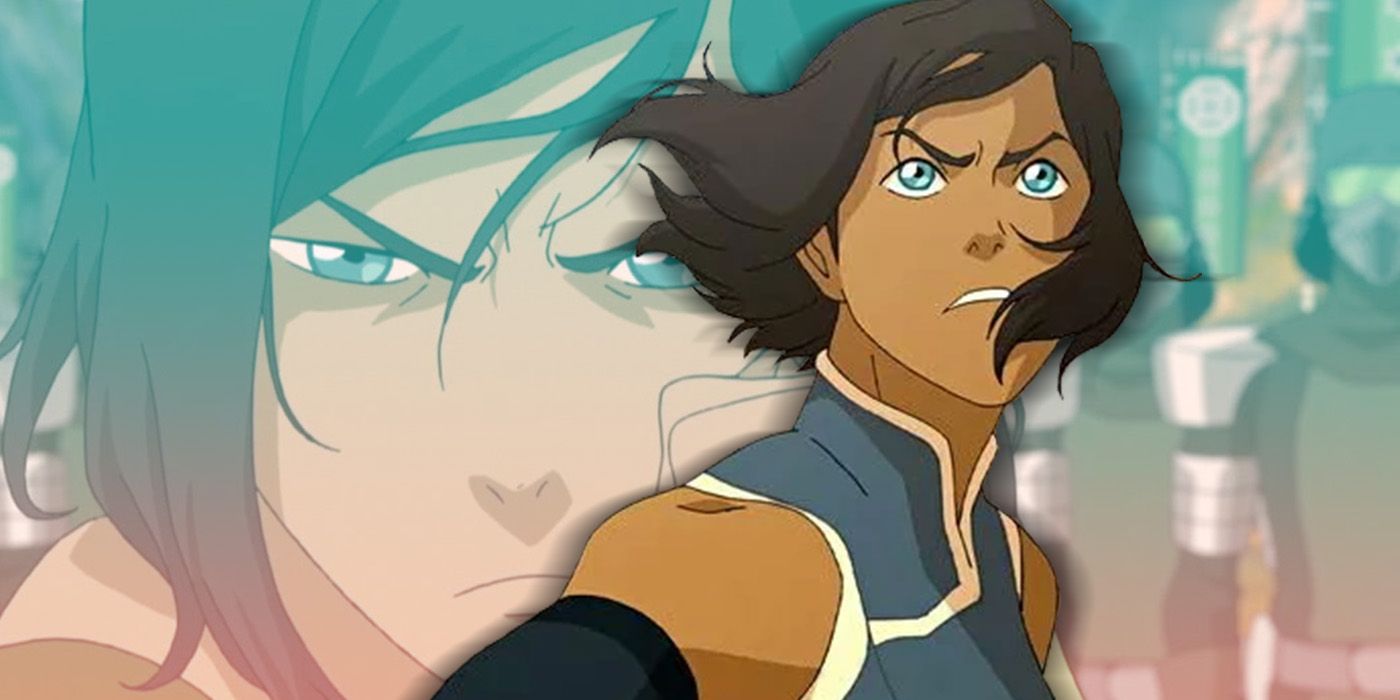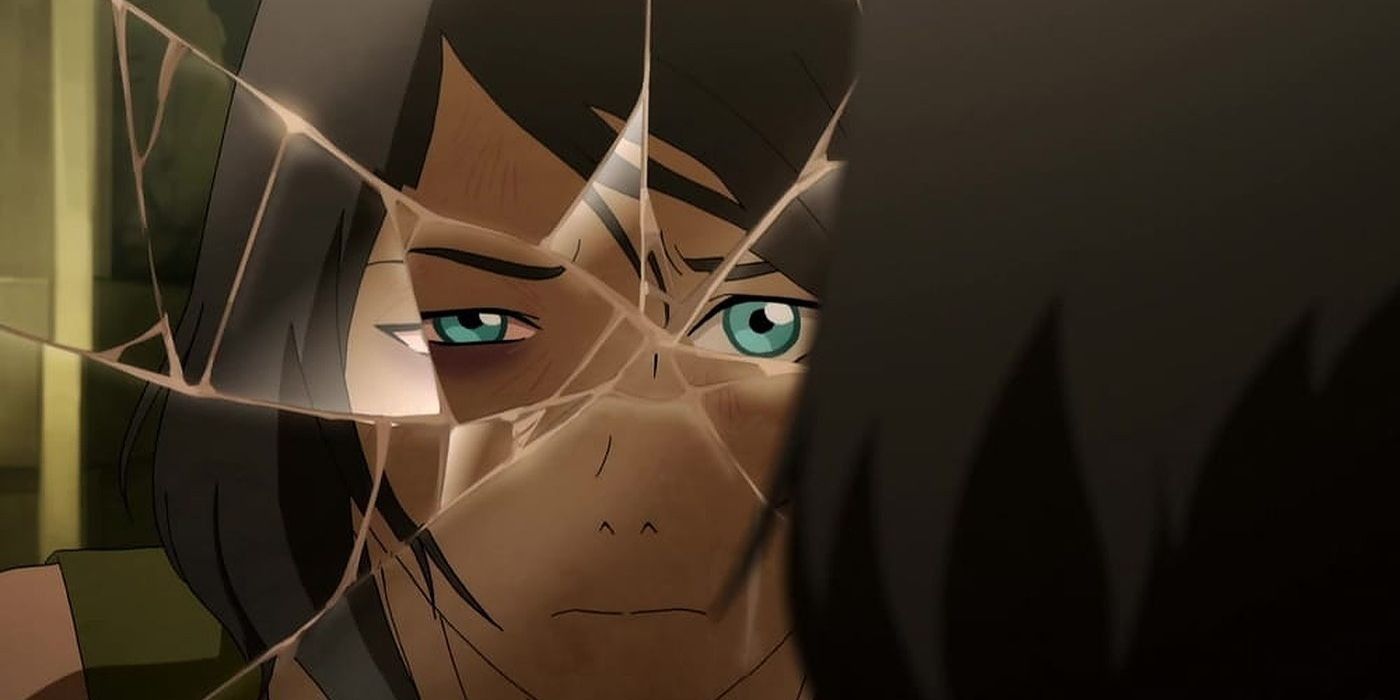In Avatar: The Last Airbender and The Legend of Korra, being Avatar is far more stressful and excruciating than people think. It's a duty in which everyone is depending the on the Avatar to provide balance and solve the world's biggest problems that no one else can do. They may have a team of friends to offer guidance and support, but no one else will ever truly know what it's like to have the pressure and responsibility the Avatar has.
In Avatar: The Last Airbender Aang overcame a lot to become a great Avatar, including dealing with the loss of the Air Nation and the guilt of running away, but it was his successor who showed the world just how tough it is to be the Avatar behind closed doors. Like Aang, Avatar Korra had a youthful spirit in The Legend of Korra and embraced her Avatar role quicker than he did. When she first arrived in Republic City, Korra was excited, confident and even a little bullish to take on the world. Obviously she had challenges and plenty of adversity to overcome along the way, but she did so triumphantly, making her a stronger and wiser Avatar. By the end of Book Three: Change, Korra had survived and defeated Zaheer and the Red Lotus, but unfortunately, the battle left her physically broken, mentally traumatized and dealing with the complications of PTSD.
RELATED: The Legend Of Korra: Just How Old Is Avatar's Zuko In The Sequel Series?
Mental and emotional trauma is arguably just as damaging as physical trauma, if not worse. What Korra went through when battling Zaheer and the Red Lotus was incredibly damaging to her psyche, proving to be more detrimental than her previous adventures. She had mercury poison injected in her and was nearly asphyxiated to death, resulting in her being confined to a wheelchair at the end of Book Three. Instead of bouncing back to her regular self in Book Four, Korra takes three years to fully recover from her traumatic experiences. The mental toll she received at the hands of her antagonists and constant attention from the press put the Avatar in a dark place.
Haunted by the past and still having poison in her, Korra was unable to contact Raava nor enter the Avatar State for those three years. She had nightmares and flashbacks of the events and it took months for her to even walk again. The Avatar even lashed out at Katara for the slow progress in the heat of her negative energy before cooling down. It was then that Katara used Aang as a historical example of overcoming mental distress, revealing that, upon Aang's realization that the Airbenders had been wiped out, he'd spent years trying to find meaning in his suffering and eventually found peace.
When Korra finally managed to walk again, she still wasn't fully healed and continued to get flashbacks. She spent another two years at the Southern Water Tribe, training and fighting her depression. Then, she attempted to return to Air Temple island and saw an apparition of her Avatar State self. This scared her so much that she fled into exile. From then on, Korra shed her identity and wandered anonymously and alone. She traveled all around the globe, including through the spirit world, in an attempt to rediscover herself, but was still haunted by her ghost.
Suddenly, in the middle of the swamp, Korra meets Toph Beifong herself. Like Katara, Toph delivered wisdom to Korra and they discovered that mercury poison was still in her system. Toph informed her that Korra herself was the one who had to remove the poison from her body because she was subconsciously fighting Toph's attempts out of fear of getting hurt. Korra realized she had to confront her past demons in order to move forward towards the path of healing. She was then able to bend the rest of the mercury out of her body.
Korra's recovery became complete when she finally confronted an imprisoned Zaheer in order to regain her spiritualist connections. She reluctantly trusted him to take her through the traumatic events of the past and Ravaa's spirit finally lit inside her. Korra needed this to happen, as it allowed her spiritual powers to return, gave her the ability to accept what happened and move on from what might have been.
What makes Book 4 of The Legend of Korra so remarkable is it's portrayal of Korra's PTSD and recovery. The standard Hero's Journey usually includes the protagonist overcoming an intense adversity, triumphing in the end and then moving on to live happily ever after. But Korra's hero arc is more authentic than the traditional Hero's Journey -- through her mental health struggles, the show presents the fact that no matter how powerful someone may be, they are still carry burdens and responsibilities that are just as difficult to battle as physical fights. Showing mental vulnerability used to be considered a weakness in a hero, but in reality, it's the toughest and bravest obstacle for that hero to overcome.



